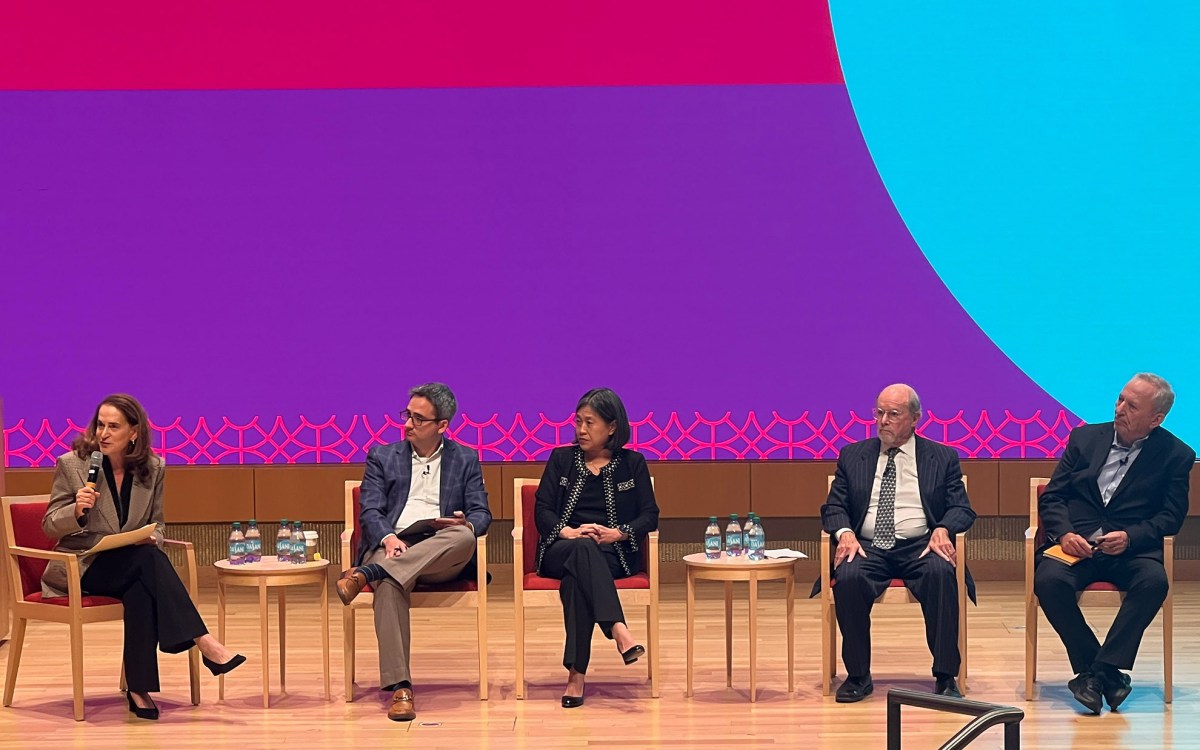How journal prices impede access
A recent Harvard Library Strategic Conversation explored why the prices of journals are so high, why they grow faster than inflation, why they vary widely from publisher to publisher, why different universities pay different prices for the same journal, and how these prices impede research and scholarship.
The session was led by Peter Suber from the Library’s Office for Scholarly Communication and featured Ted Bergstrom, an economics professor at UC Santa Barbara and a leading thinker on the economics of scholarly journals. Bergstrom also directs the Big Deal Contract Project, which collects data on journal prices, in collaboration with Paul Courant of the University of Michigan and R. Preston McAfee, chief economist at Microsoft.
Bergstrom’s recent research examines price, price discrimination, citation frequency, bundling, and the for-profit or nonprofit status of journal publishers. Using an economic model to approximate journal quality based on citations, and a model for the cost-effectiveness of journals based on the price per citation, Bergstrom found that for-profit publishers charge three or four times more per citation as nonprofits, and in some cases ten times more. (Roughly 65 percent of scholarly articles are published by for-profit companies.)




